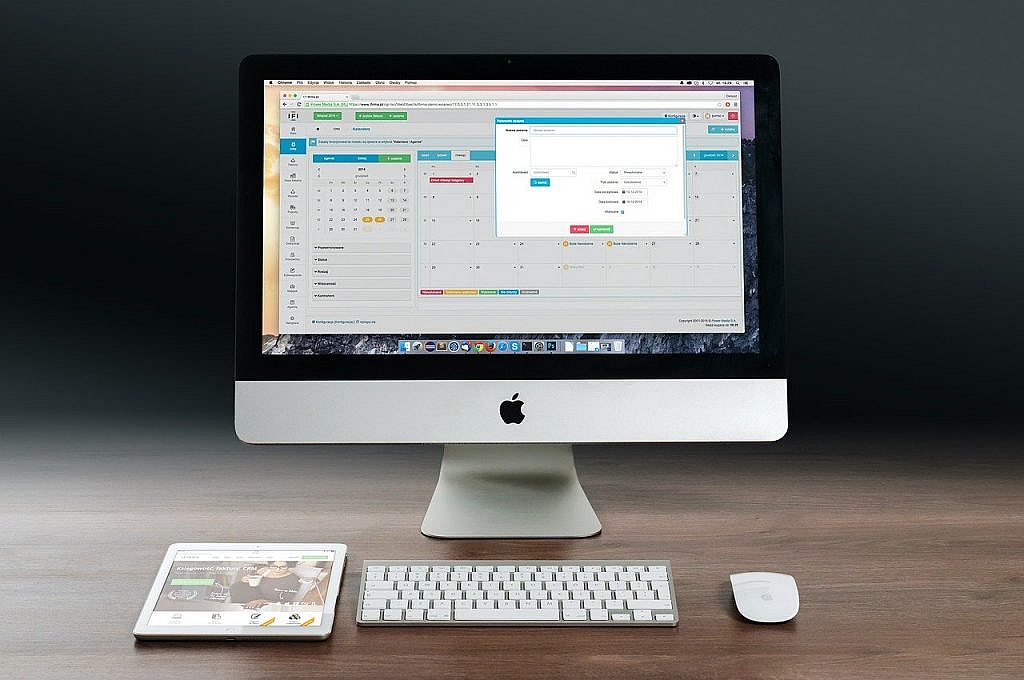How to Tap Into the Gig Economy
The nature of employment has changed drastically over the last couple of decades. At the turn of the 21st century most employees were looking for full-time job stability. Now an increasing amount of employees are entering into the so-called ‘Gig Economy.’
The Gig Economy is a termed used to describe what many know as freelance work. It centers around the idea that employees do short ‘gigs,’ rather than working exclusively full time at a specific business. Perhaps the best embodiment of this new employment trend are companies like Uber and Lyft.
The numbers behind this trend are certainly impressive. In the United States alone, 36% of the workforce is in the gig economy in some way. An increasing amount of employees now prefer this type of work. This creates new opportunities and challenges for businesses.
So how can you take advantage of this growing trend? What are the benefits and potential barriers to working with ‘gig’ employees (aka freelancers)? These are some of the questions we explore below to help prepare you to tap into the Gig Economy.
Expectations
Before beginning work with freelancers it’s important to have the right expectations. There are some key differences between this type of work structure and the more traditional employee. Some things that you would expect from a 9-5 full-time employee are not realistic for freelancers, and vice versa.
What you can expect:
- Expertise- Gig employees generally bring with them a high level of specialization in a relatively narrow field. This helps them to better market their skills for projects. It also means that you should be careful in selecting freelancers for clearly defined projects.
- Efficiency- In the Gig Economy, workers succeed or fail on their ability to get things done in a timely and efficient manner. This makes freelancers generally efficient in meeting deadlines, creating quality products, etc.
- Experience- Related to the first point, freelancers tend to have a depth of practical experience in their area of expertise. The nature of gig work helps in this regard. Moving from project to project in different organizations is a great way to build experience.
What you can’t expect:
- Long-term Loyalty- The gig economy is one that values freedom and flexibility, meaning employees switch companies frequently. Therefore, you can’t expect long-term loyalty from freelancers. Once the job is done, they will likely move on to the next project.
- No Real Generalists- At times you may need a wide range of experience, rather than strict specialization. Related to the points above, freelancers tend to be highly specialized. This means that if you need a generalist, you best turn elsewhere.
- Affordability- Working with freelancers can save you money in some ways (see below). However, you should be ready to pay competitive rates for quality work. There is a myth that freelancers are cheap. This may be the case for some, but generally speaking lower wages equal lower quality work.
Benefits
Working with freelancers provides a high level of flexibility to both the employer and the employee. The structure of gig work encourages this adaptive approach. This makes freelancers a great fit for fast-paced organizations.
On the one hand, you can hire experts for specific limited tasks. This allows you to be more careful with how you use your human resources budget. On the other hand, employees are free to seek out short-term assignments that most align with their interests.
Apart from general flexibility, there are some key benefits to working with freelancers:
- Cost Savings- Quality freelancers will rightly demand competitive compensation. You will be able to save on overhead costs like extra office space and utilities though. You will also be able to save on benefits.
- Innovation- Bringing in experts from time to time can help spark innovation in your organization. Freelancers can help combat the ever-present challenge of ‘groupthink.’ Fresh ideas can unlock the creative potential in your other employees.
- Employee Preference- An increasing amount of workers prefer the flexible work approach. A recent study shows that among millennials, 92% prefer remote work. This means that more and more talent may be moving to the freelance approach.
Barriers
When beginning work with gig employees you need to be realistic about the differences with full time employees. For example, a full-time team can easily gather to brainstorm, swap stories, and generally get to know each other. This process is much less likely to happen with gig employees.
Given the short-term nature of the Gig Economy, it’s important to be honest about certain barriers and challenges:
- Collaboration Challenges- Efficient teamwork and collaboration takes time to build. Therefore, freelancers often struggle in this area. Communication and collaboration are, in fact, tied for the top struggle among remote workers in a recent study.
- Management Challenges- Freelancers are generally used to working independently. This makes management a challenge as well. A lack of clear expectations (see below) often creates difficulty in this area.
- Working Styles- Full-time teams have plenty of time and space to align their working styles. This isn’t the case with freelancers. This can lead to some friction with other team members interacting with freelancers.

How to Effectively Work with Freelancers
Now that we’ve laid out the expectations, benefits and barriers, it’s time to discuss how best to work with freelancers. Keeping all of the above in mind, here are a few simple steps to help you make the most of the gig economy.
The first step in working with freelancers is knowing where and how to engage them. Luckily there is an increasing amount of websites to help with this. These websites are marketplaces for finding freelance talent. They help make this process as smooth as possible.
Some of the most popular ones include:
- Upwork– One of the largest freelance marketplaces. Upwork offers features like collaborative spaces and invoice tools.
- Peopleperhour– A platform with around 1.5 million users. This makes Peopleperhour a highly competitive marketplace with a lot of competition in freelance offers.
- Fiverr– A platform where you can choose a freelancer by their finished products. Fiverr also helps freelancers upskill, making them more competitive.
These are just three of many options. Each website has its own focus, so do some research and find the right one for your sector and needs.
Once you’ve found and hired your freelancers, the next step is to consider how you will manage them. This can be a challenge since they will likely be working remotely.
The most important first step in management is to set up clear lines of communication. This can easily be done by employing the right communication tool. For example, instant messaging as a business solution can provide you with a secure platform to communicate with your freelancers.
It’s also crucial to set clear expectations for your work together from the beginning. Management challenges almost always comes back to a lack of clear expectations.
Try to answer some basic questions in this regard in order to avoid any misalignment:
- What are the deadlines?
- How often should the freelancer share updates?
- Will you have periodic progress meetings?
These are a few of the questions you should be trying to answer. Provide your freelancer with the answers as well, and allow them to give their input. Once you agree, you’ll have a blueprint for your work together going forward.
In conclusion
The Gig Economy is growing at a rapid pace due to employee and employer demand. To take advantage of this trend, it’s crucial to understand it deeply.
Understanding the opportunities, challenges and barriers that the gig economy present is the first step to tapping into it. After that, it’s just a matter of knowing how to find, hire and manage freelancers. With all of this knowledge, you’re well on your way to making the gig economy work for you!
